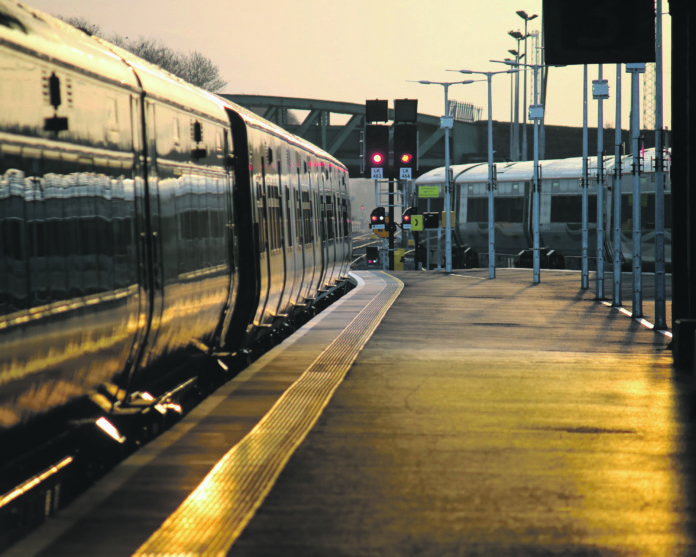
THE construction of up to 10,000 homes is at the centre of a multi-billion euro plan to transform more than 100 acres of State-owned lands in the heart of Limerick City.
Thousands of jobs would be created in the provision of homes and amenities on the site located close to Colbert Station and the Mulgrave Street courts/prison complex.
The project is being spearheaded by the Land Development Agency (LDA) under the chairmanship of Limerick man John Moran and involves the transfer of lands owned by CIE, Limerick City and County Council, the Health Service Executive, the Department of Education, and Department of Justice.
A draft design review report, ‘A Vision for Colbert Station Quarter, Limerick’, was published on Wednesday.
The first phase of a three-phase plan, to construct 400 homes by 2023 on Council owned land, has already received a €6 million grant from the Department of Housing, Local Government and Heritage.
The overall strategy is to open up under-utilised lands and create a new gateway to Limerick, with the focus on developing cycling, pedestrianisation and reducing the dominance of the car”.
It’s proposed that this is done through a network of connected parkland and greenway recreational areas with Colbert Station as the focal point.
Five internationally recognised architects and urban designers have contributed to the aspirational 35-page report.
Grafton Architects proposes a key focus on developing housing for in the region of 9,585 people in 3,195 residential units, with buildings ranging in height from three to nine storeys.
It also proposes commercial space, in the region of 86,505 m2 as well as a significant amount of free space for the community, including 277,000m2 of parkland, sports fields, horticulture, recreation grounds, food production, nature and ecologies.
Sean O’Laoire and MOLA Architecture has proposed that the development plan would be 80 per cent residential with 20 per cent for other uses.
It could host a population of between 6,000 and 10,000 people. Homes would be three to six storeys high, achieving a density of between 50 and 80 units per hectare.
Architect Anne Kiernan has proposed “an unparalleled opportunity to reimagine Limerick to include a population of approximately 5,250 in 1,200 residential units with an additional 1,300 student beds”.
She added that considerable office and enterprise units could be developed with immediate access to the railway station.
Piotr Mach of eml Architects envisages a liveable and vibrant city and prioritises sustainable transport – walking first, then cycling, public transport, deliveries and then private cars”.
“The proposed Limerick Skyline gives a chance to give up driving in favour of cycling and exploring the Colbert Quarter from above. This new area of Limerick with the Central Park, green routes and paths, community gardens, green roof terraces has people and nature at the heart of its creation,” Mach stated.
He estimated “the extended Colbert Station Quarter could be home to 26,000 people in 6,000 homes, including 3,000 apartments around a proposed Central Park”.
Merritt Bucholz of Bucholz McEvoy Architects envisages a city “thriving on connectivity” including constructing new neighbourhoods with density similar to Georgian Limerick.
Building heights would be mostly four storeys “in order that most units will serve as de-facto walk-ups, like most apartments in the EU”.
The draft report also proposes an “urban commonage” in which a new gateway to the city would cross rail lines on a parkland bridge with entry points, paths, pedestrian and cycle bridges, all connecting existing and new communities.
LDA Chairman John Moran said the transformative development would cost “billions of euro”.
He added that the proposal was a prime opportunity for Limerick to provide adequate housing, health and social investment to meet expected increases in population.
“The willingness of the primary landowners, CIE and the HSE, to join the journey has given these lands the potential to once more be transformative, with affordable homes at its core,” he explained.
Limerick City and County Council chief executive Pat Daly said the plan offers an exciting opportunity to facilitate Limerick becoming a major economic force in the Irish and European economy”.
The report also proposes tackling vacancy and dereliction, and removing hotspots for anti-social behaviour/dumping” in disadvantaged communities.
This would be achieved through a cross-directorate plan with input from An Garda Siochana, with targeted Compulsory Purchase Orders (CPOs) and Council acquisitions.
A series of public consultations and a draft framework report will be published between now and 2021.









